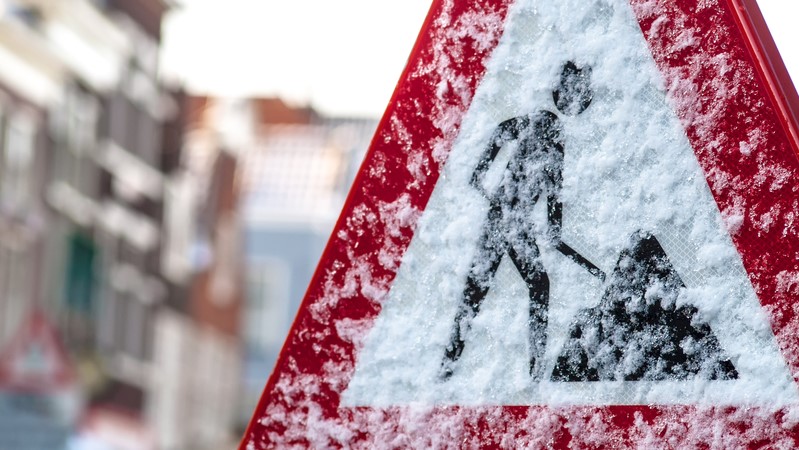
Trevor Hall explains the main regulations that need to be observed to protect construction workers from cold conditions on site.
Trench foot is synonymous with World War I, but not many will realise that the condition continues to this day. It’s now known as a non-freezing cold injury (NFCI).
NFCIs came back to haunt the army during the Falklands War and, similar to trench foot, is caused by exposure to wet and cold conditions.
The injuries are to a person’s feet, but can also affect their hands when they are exposed to temperatures slightly above freezing. These are conditions which should ring alarm bells to anyone working on a construction site over the winter months. Freezing conditions can also lead to other types of cold injuries, such as hypothermia and frostbite.
NFCIs produce lifelong symptoms. Once sustained, the sufferer should avoid prolonged cold exposure indefinitely, which could effectively end a construction worker’s career.
What are the main regulations?
There is no specific law for working in cold temperatures. However, guidance suggests a minimum temperature of 16oC, or 13oC if employees are doing physical work.
The main regulations that need to be observed to protect workers from sustaining cold injuries are as follows:
- Personal Protective Equipment (PPE) at Work Regulations 1992: If a risk, such as exposure to cold weather conditions, cannot be avoided entirely and PPE is required, these regulations require an employer to assess what PPE is suitable and adequately control the risks.
- Management of Health and Safety at Work Regulations 1999: These regulations require an employer to assess the risk to which the employee is exposed while at work.
- Construction (Design and Management) Regulations 2015: S34 states that suitable and sufficient steps must be taken to ensure that the temperature at an (indoor) construction site is reasonable, having regard to the purpose to which it is used. Where work is outdoors, the construction site must be arranged to provide protection from adverse weather and suitable protective clothing, or work equipment, must be supplied for the use of any person working there.
“If employers cannot ensure that workers are working in an appropriately heated environment, they must assess and provide adequate PPE to control that risk.”
What does this mean in practice?
If employers cannot ensure that workers are working in an appropriately heated environment, owing to the nature of the work, they must assess and provide adequate PPE to control that risk. PPE, in this scenario, might include insulated boots and gloves as well as insulated clothing.
It will be important for an employer to ensure that there are adequate and sufficient breaks to allow workers to warm up.
It is incumbent on an employer to inform workers about the risk of working in such conditions, and the injuries they might sustain, so they can react to the warning signs. Carrying out regular hand and foot inspections to check for warning signs would also be a sensible policy to adopt.
The temperature minimums above may be impractical in the construction industry but an employer is likely to be negligent to continue working in extreme conditions where there is an increased chance of injury and where no alternative protection to the elements has been designed and implemented.
While the majority of my NFCI cases have been instructions from army personnel, particularly trainees and those from the BAME community, it would come as no surprise to discover that many construction workers have sustained NFCIs during their work. As awareness increases, this is likely to give rise to actionable claims.
Trevor Hall is an associate solicitor at social law firm, Thompsons Solicitors, dealing with serious injuries and military cases with a specialism in non-freezing cold injuries.












